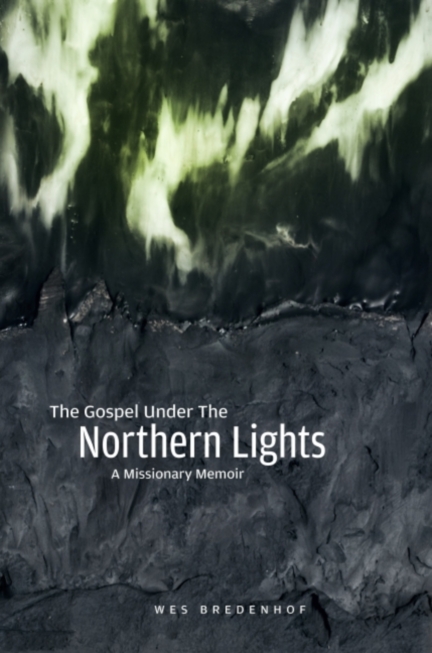Now Available at Amazon.com


The Gospel Under the Northern Lights is now available at Amazon.com. It continues to be available at Lulu as well. Here’s an excerpt from chapter 3:
***********************
Attending a Funeral
Another interesting person we came to know and love was William Duncan. He was an older single man who lived by himself in an immaculate house. He had been a fishing guide and still had a passion for fishing, although his health didn’t always allow him to indulge. When I first met him, he was 67. He was comfortable talking about the fact that he was a hereditary chief from the Caribou clan. His hereditary name was We Heh. He had a lot of insight to give into the culture and history of the area. He told me Fort Babine used to have one feast hall for each of the four clans, but they slowly deteriorated and disappeared. Eventually, all the potlatch feasts would be held only in Burns Lake. As a hereditary chief, Willie tried to attend all the feasts he could and he invited me to join him sometime. One day I did.
Ted Lowley was a resident of the Lake Babine Nation reserve in Burns Lake and had recently passed away. His funeral and the associated potlatch were held on December 9, 2000. Willie was ready when I stopped by at his place at 8:00 in the morning and, together with Fred William, we set off for Burns Lake, via Smithers. Along the way, we chatted and I discovered from Fred that the current population of Fort Babine was about ninety people living in twenty-six houses. I also learned that there was a lot of animosity between the people of Fort Babine and those of Burns Lake. There was a strong feeling of alienation and that had to do with the history and the amalgamation process back in 1957.
We arrived in Smithers in good time, filled up with gas, and then headed over to the “Babine Bus Depot.” That was what a lot of people called the Super Valu grocery store and its tiny mall. There we had some breakfast together and met up with Adam George, who decided to come with us to Burns Lake. We were in Burns by noon and went straight to the Roman Catholic Church there for the funeral service. Approximately five or six hundred people were there for that, mostly native.
After the funeral mass, the coffin was taken to the cemetery. After a few words from the priest and some sprinkling of “holy” water, the body was lowered into the grave. As was typical for First Nations funerals, the family was expressive in their grief. It’s certainly not what someone growing up in a Dutch immigrant community is used to. It’s not bad; it’s just different and that’s fine. Later on, all the immediate family members took a turn shovelling dirt onto the coffin.
From the cemetery we went over to the Woyenne feast hall. Willie had been told that the funeral feast would start right away. However, there was no one there. By this time we were getting hungry, so Willie took us out for lunch to a local Chinese restaurant. Afterwards, we headed back to the feast hall, but there was still hardly anybody there. We took a tour around the Woyenne Lake Babine Nation reserve, including a look at the local Taj Mahal – the LBN band office. There were a lot of new houses on the reserve, paved roads, good water and sewer, and a nearby hospital.
Finally, at around 4:00 we went back to the hall and more people were beginning to arrive. There was lots of standing and sitting around and socializing. The feast itself didn’t get started until around 7:00. It began with prayer and then food was served. We had bannock, soup, and platefuls of all kinds of other good stuff. While we ate, people were busy making contributions to pay for the cost of the funeral. There is some reciprocity involved with this aspect of the potlatch – in other words, a person would make a contribution knowing that eventually it would somehow get paid back. But there were also many instances where people would make contributions with “no-return,” meaning that they didn’t want to get paid back. That was motivated more by generosity than by reciprocity. The giving of gifts would go on for several hours, but we had to leave early because I wanted to be home by midnight. The next day was Sunday and we would be up early to make the trip back into Smithers to attend church. So that was the second time that I attended a potlatch. It helped me to understand more about First Nations culture in this part of BC.
A few days later, we traded in the big blue Suburban for a smaller vehicle, a Chevy Tahoe. Our days of providing bus service between Smithers and Fort Babine were over. With our family of four in the vehicle, there was only room for one more person. The Tahoe was great to drive, although like with every vehicle we had up there, we ended up stuck in the snow and ice more times than I care to remember. I also became an expert in changing flat tires – in short order I was able to do it in well under 15 minutes.


